Culture and customs in Russia reflect the country’s rich history and cultural diversity. Here are some important aspects of Russian customs and culture:1. Importance of Family: Family plays a crucial role in Russian society. Large and close-knit families, often spanning multiple generations under one roof, are common. Close family relationships and mutual support among family members are highly valued.2. Respect for Traditions: Russians hold their traditions and festivals in high regard. Celebrations such as Orthodox Christmas, Easter, and White Nights are observed with special rituals and religious ceremonies.3. Hospitality: Hospitality is a significant part of Russian culture. Guests are warmly welcomed and often treated with tea, pastries, and homemade food. Sharing meals and drinks with friends and family symbolizes friendship and connection.4. Body Language and Communication: Russians may initially appear formal and serious. However, they become warm and friendly once acquainted. Maintaining personal space during conversations is important, although close friends may kiss cheeks during greetings and farewells.5. Cuisine and Food: Russian cuisine consists of a blend of traditional and local dishes that vary by season. Borscht, Olivier salad, and pelmeni are among the popular foods. Tea is also a beloved beverage often served during social gatherings.6. Holidays and Festivals: Russians celebrate their holidays and festivals with great enthusiasm. These include Victory Day (May 9), Russia Day (June 12), and various religious and national celebrations.These aspects of Russian culture contribute to its unique identity and vibrant social life.

Russia is recognized as one of the world’s major powers in various fields including military, economic, technological, and cultural. Below are some aspects of Russia’s power:1. Military and Defense: Russia is one of the largest military powers in the world. The country possesses one of the largest nuclear arsenals and has an extensive fleet of advanced military equipment such as fighter jets, nuclear submarines, and missile defense systems. Russia is also at the forefront of developing modern military technologies such as cyber warfare and electronic warfare.2. Economic: Russia’s economy is one of the largest in the world, relying on rich natural resources such as oil, natural gas, coal, and minerals. Russia is one of the largest energy exporters globally and plays a key role in the global energy market.3. Technology and Science: Russia has a strong tradition in science and technology and excels in fields such as space exploration, nuclear physics, and advanced technologies. The Russian space program, rooted in the Soviet era, remains one of the most advanced space programs globally.4. Cultural and Social: Russia has a rich and influential cultural heritage globally, including literature, classical music, ballet, and art. The country is known for having some of the greatest writers, composers, and artists in history.5. International Influence: Russia plays a significant role in international politics and is a permanent member of the United Nations Security Council.
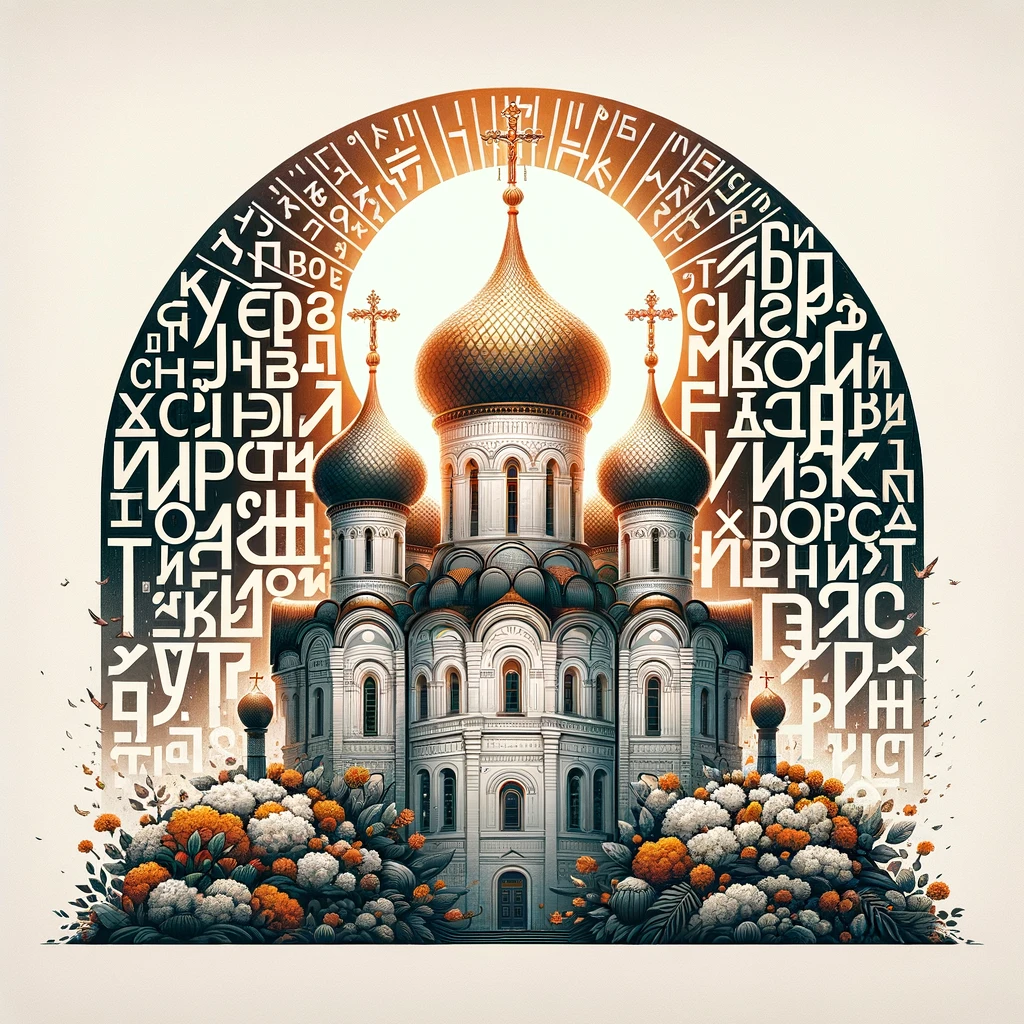
Religion in Russia is diverse, but Eastern Orthodoxy (Russian Orthodox Christianity) has the largest number of followers among religions and has played a significant role in Russian culture and history. The Russian Orthodox Church, with a history dating back to the 10th century AD, is an institution that has influenced many aspects of social and cultural life in Russia. In addition to Christianity, Islam is the second-largest religion in Russia, especially in regions like Tatarstan and Chechnya. Other religions practiced include Buddhism, Judaism, and Shamanism among the Russian people.The official language of Russia is Russian, which is recognized as one of the major languages worldwide and the largest language of the Slavic language family. The Russian language is written using the Cyrillic alphabet and has unique grammatical and lexical features. Russia is also home to many ethnic and linguistic groups that have their own languages, including Tatars, Chechens, and Bashkirs. This linguistic diversity is part of the cultural richness of the country.
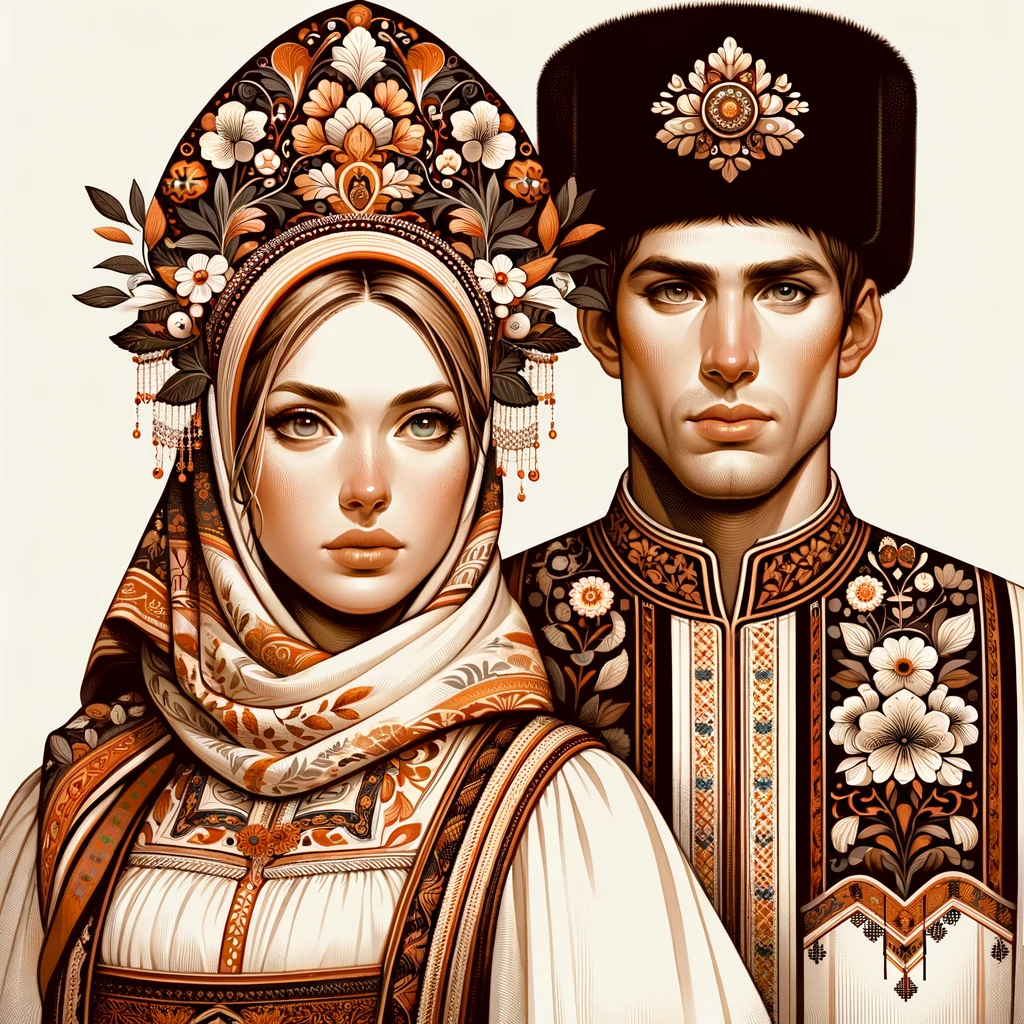
The traditional clothing of the Russian people has deep roots in the history and culture of the country and has been shaped by the diverse climate and cultural aspects of Russia. Here are some prominent features of traditional Russian clothing:
Sarafan:
Sarafan, known as one of the traditional women’s clothing in Russia, is a long dress that is often worn with a sleeved shirt underneath. This garment comes in different colors, patterns, and fabrics and is considered a symbol of Russian culture.
Kokoshnik:
Kokoshnik is a traditional women’s headdress that is semi-circular or conical in shape and is often embellished with precious stones, pearls, and intricate embroidery. This headdress is part of ceremonial and bridal attire and showcases beauty and elegance.
Valenki:
Valenki are a type of felt boots made from sheep wool used to protect against the extreme cold of Russian winters. These boots are very warm and provide insulation against the cold.
Shuba:
Shuba, a heavy winter coat made from animal fur, is designed to protect against the severe cold of Russia. This traditional garment has historically indicated social status and wealth.
Modern clothing in Russia, like in many other countries, has been influenced by globalization and international trends. However, during special occasions and traditional celebrations, we still see the use of traditional and historical clothing that showcases the deep cultural identity of Russia.
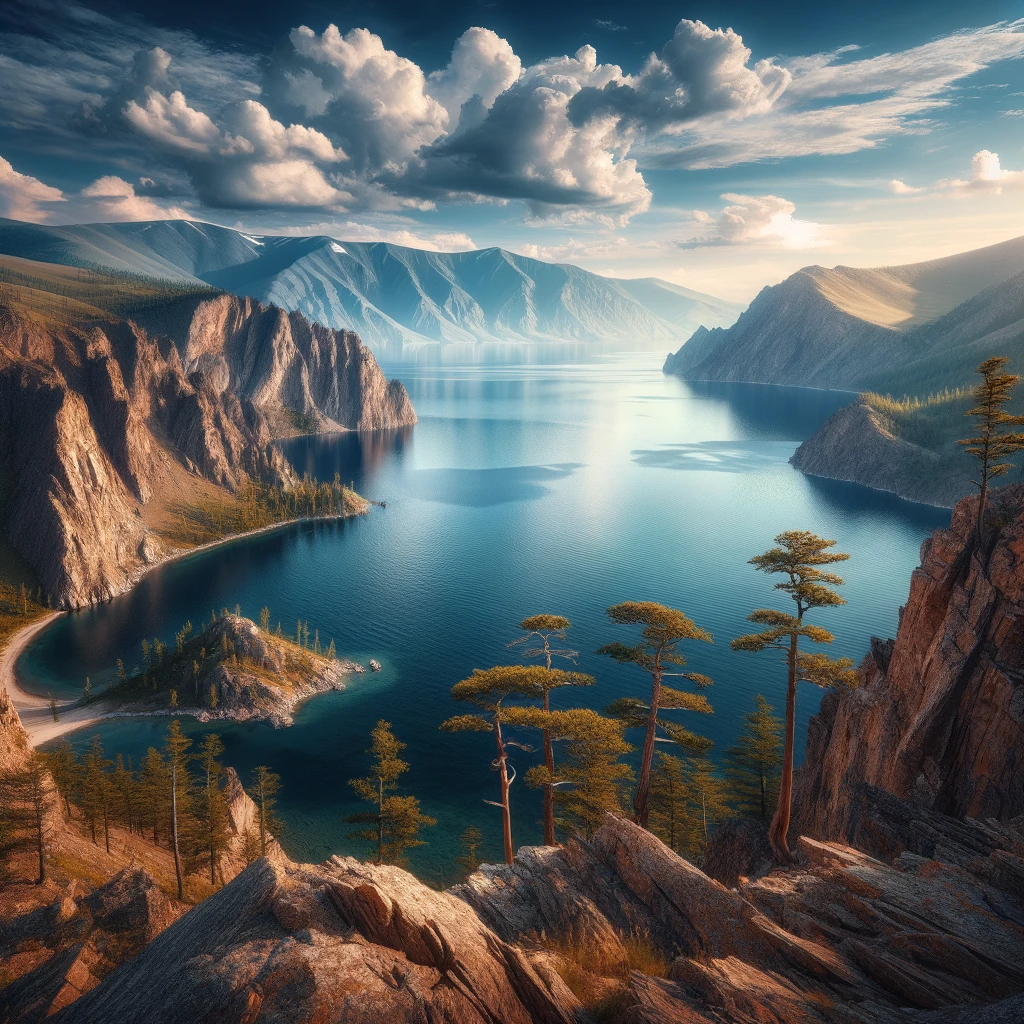
Lake Baikal, one of the most stunning natural wonders, is located in southern Siberia, Russia. This lake is recognized as the deepest (with a depth of over 1,642 meters) and oldest freshwater lake in the world, with an estimated age of almost 20 to 25 million years. Baikal holds about 20% of the unfrozen freshwater on Earth, making it one of the most important freshwater sources on the planet.Lake Baikal boasts a unique ecosystem with over 3,700 species of plants and animals, many of which are found nowhere else. Its most famous residents are the Baikal seals and Siberian brown bears. Additionally, Baikal is home to the Baikal seal or Baikal nerpa, the only species of freshwater seal in the world.Due to its unparalleled natural beauty, Lake Baikal is a popular destination for tourists. Activities such as hiking, mountaineering, boating, and diving in its crystal-clear waters are especially popular in the summer. In the winter, when the lake freezes over, visitors can enjoy ice fishing, ice skating, and even long-distance trips on the frozen surface of the lake.
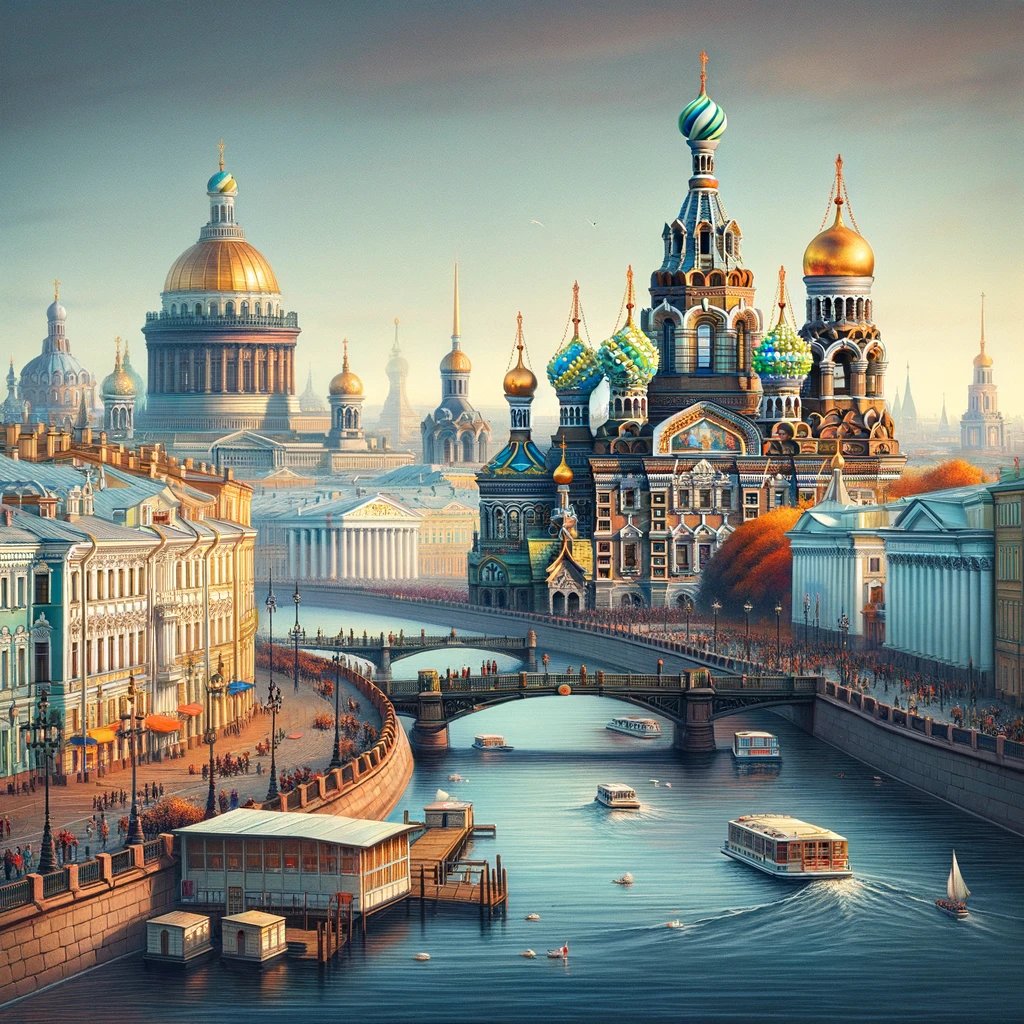
Saint Petersburg, the second-largest city in Russia, is one of the most beautiful tourist destinations in the world. Founded in 1703 by Peter the Great, this city is renowned for its magnificent architecture, a network of water canals that have earned it the nickname “Venice of the North,” and its world-class museums and art galleries.One of the standout attractions of Saint Petersburg is the Hermitage Museum, one of the largest and oldest art and cultural museums in the world. The Winter Palace, the Church of the Savior on Spilled Blood, and Saint Isaac’s Cathedral are other examples of the city’s magnificent architecture.Saint Petersburg hosts a plethora of festivals and cultural events, including the White Nights, during which the sun barely sets, and the city comes alive with concerts, theater performances, and street celebrations.The Baroque and Neoclassical architecture of Saint Petersburg, along with its palaces, historic buildings, and grand churches, coupled with a network of water canals and beautiful bridges, give the city a romantic and unparalleled allure.Saint Petersburg has played a significant role in Russian history, including serving as the backdrop for the revolutions of 1905 and 1917.
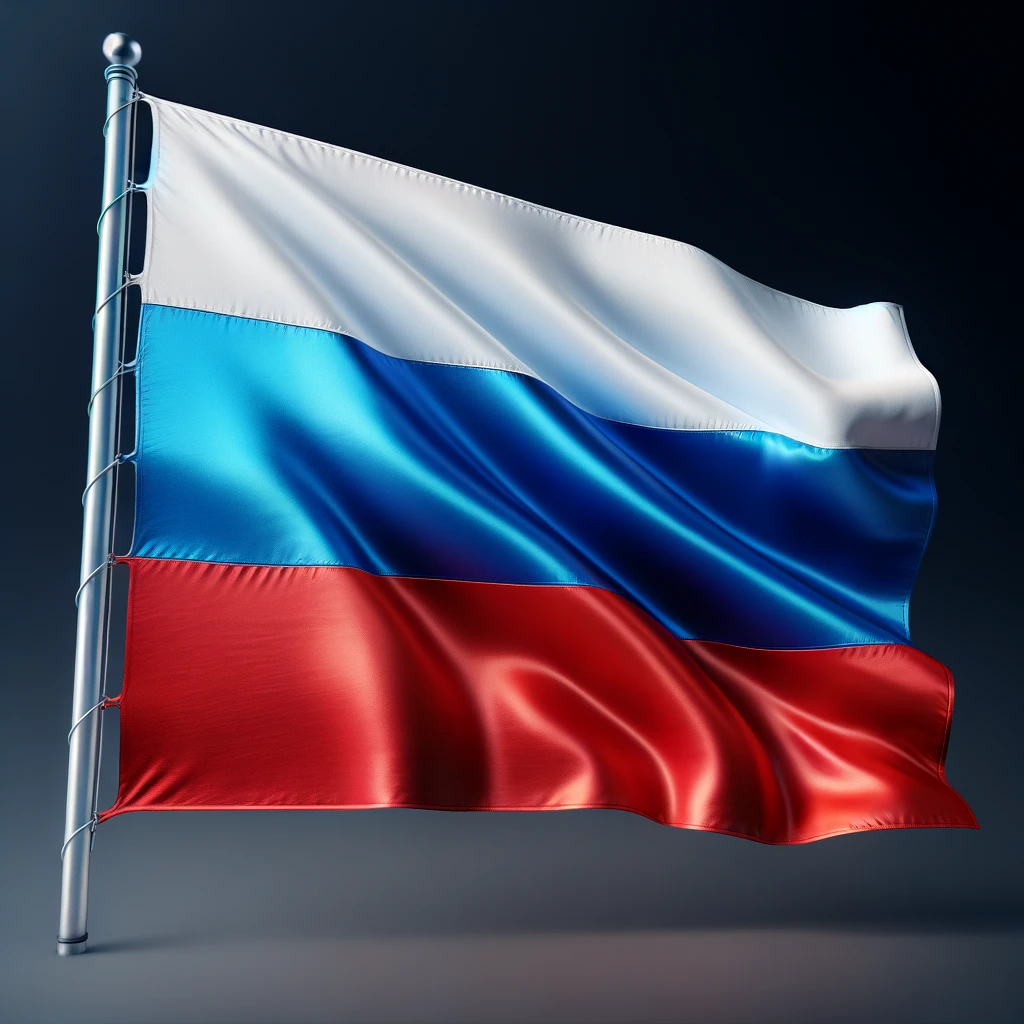
The national flag of Russia consists of three horizontal stripes, in the order from top to bottom: white, blue, and red. Each of these colors carries its own symbolism and meaning, together representing the national identity and values of Russia.- White: Symbolizes peace, purity, and perfection. It can also be interpreted as representing intellectual freedom and independence.- Blue: Represents faith, loyalty, and honesty. In some interpretations, blue has been mentioned as a symbol of the President and the Russian government.- Red: Indicates courage, bravery, and love. It can also symbolize the blood shed by martyrs for the homeland.History:The tricolor flag of Russia was first adopted in the late 17th century by Peter the Great, following his travels to Western Europe. Peter the Great sought to create a new national symbol that would introduce Russia as a European power. The flag was officially accepted as the national flag in 1896, although it underwent changes throughout history, especially during the Soviet era. After the dissolution of the Soviet Union in 1991, this flag was revived once again as the national flag of Russia.This flag not only serves as an official symbol for the country but is also recognized as a symbol of unity, history, and national pride for Russians.

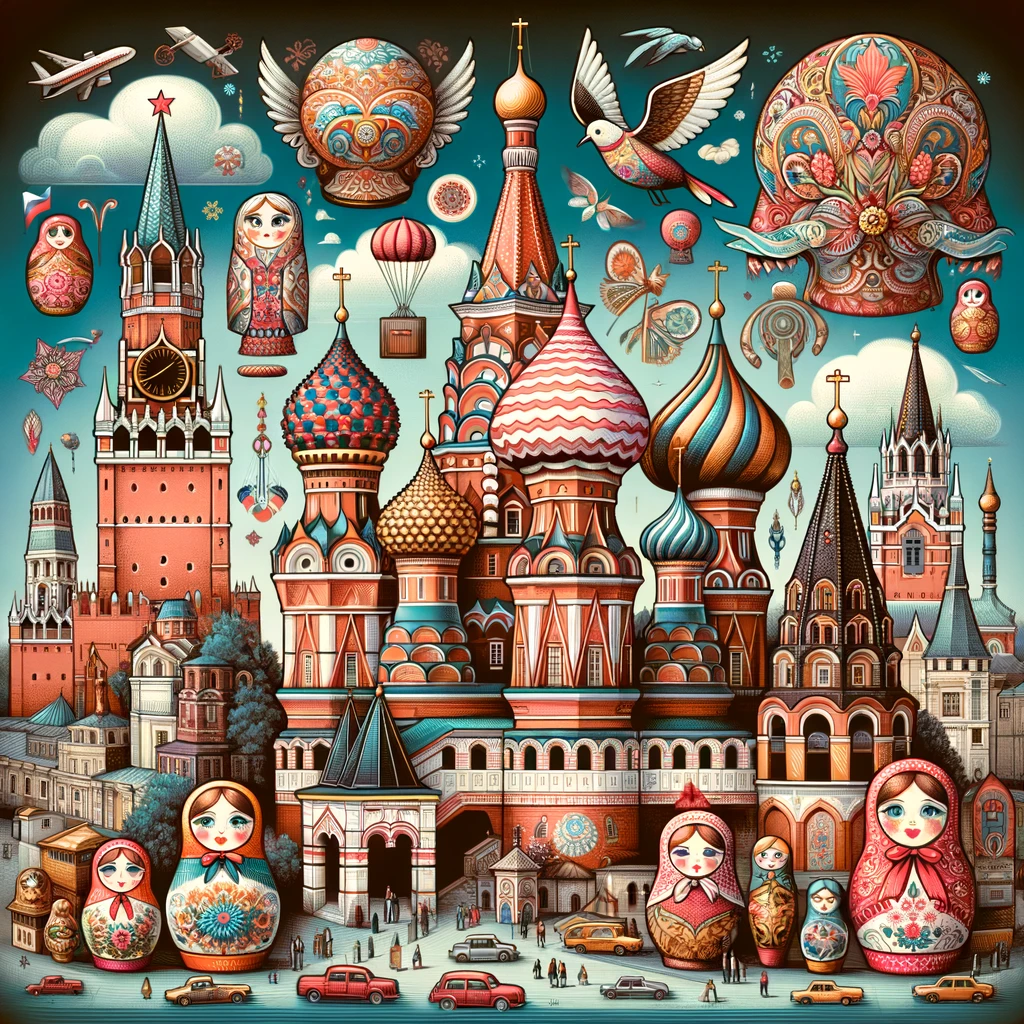
Leave a Reply